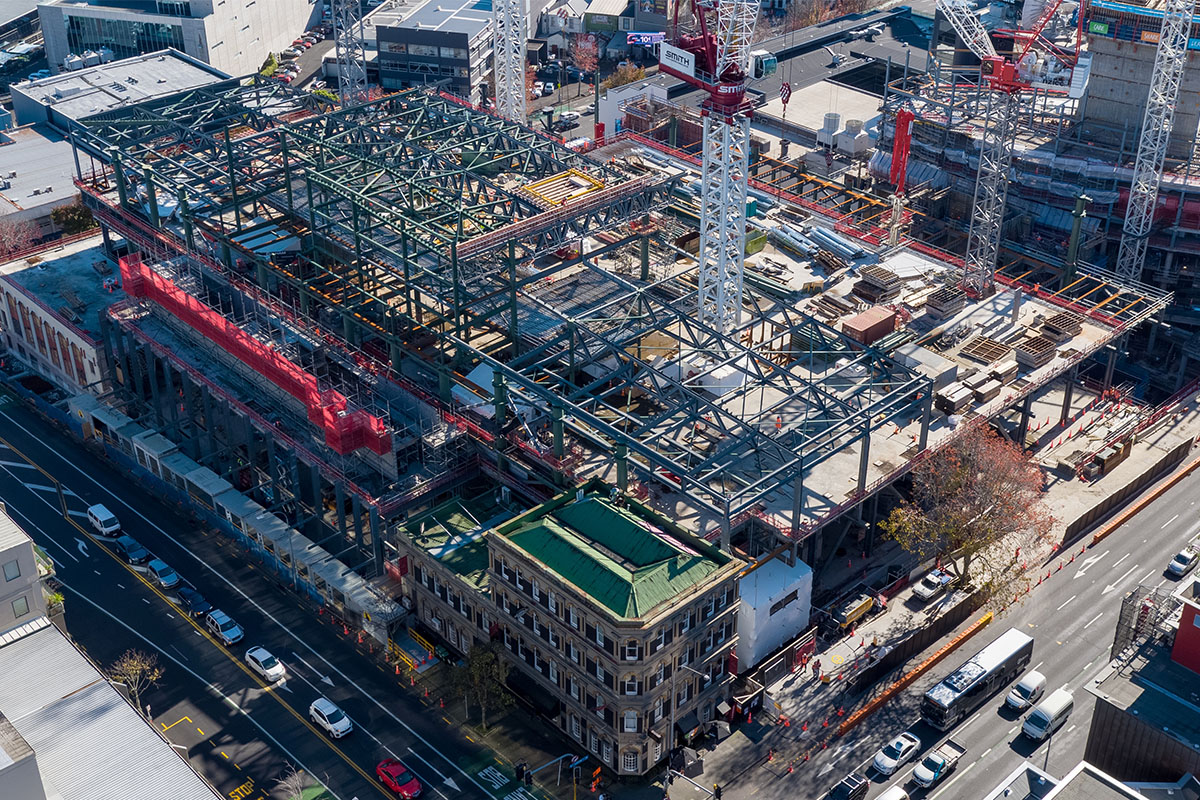What are the big five megatrends in construction risk? And how do they relate to our members?
Last week, I attended the launch of the Willis Towers Watson Construction Risk Index (CRI). The results reiterate what our members are already telling us. They also reiterate what we are asking our members to consider. That is, the importance of HR innovation, business model innovation and technology adoption.
The CRI assessed 50 risks over five megatrends shaping the construction industry. The survey involved qualitative interviews with 11 senior executives of global companies and a survey of 350 global companies.

The five megatrends in order of ranking (and the top ten risks)
One.
Geopolitical instability and regulatory change.
- Negative changes to government financing, policies and priorities (1)
Two.
Workforce management and talent optimisation
Three.
Business model and strategy challenges
- Threat from new and emerging competitors (2)
- Capital funding and liquidity (3)
- Macroeconomic environment uncertainty and inconsistency (4)
- Necessity for increasingly diversified business models (10)
Four.
Digitalisation and new technologies
- Overreliance on / failure of critical IT systems (5)
- Liabilities arising out of widespread use of BIM (6)
- Third party vulnerability/ digital supply chain resilience (7)
- Increased security threat from cyber-attacks and data privacy breaches (9)
Five.
Complex operating models.
- Complexity of the labour market: dependence on subcontractors or contract labour (8)
What does it all mean?
Industry’s direct relationship with public spending and government regulations (Risk #1) highlights the requirement for a review of Government procurement rules – something that Metals NZ is working on.
The need for talent attraction and retention is one that we are consistently hearing from our members. In metals engineering it’s an obvious risk and opportunity to make the industry more attractive. This will require expanding innovation strategies to include HR innovation.
One of the presenters at the launch, referred to the Global Talent Management and Rewards Study 2016, which stated:
“Only 38% of construction employees think their organisation provides career planning tools and resources that are helpful”.
This is likely to be indicative of metals engineering also. It was stated that the cost of turnover of senior staff is 73% of the annual package of each employee. This provides a strong economic incentive to retain high performing individuals.
It was suggested that organisations create a Modernisation Agenda. Such an agenda would address a holistic HR package, including addressing workplace stress, well-being and health and safety. This is something that HERA has recently included as one of its core values – we’re focused on total well-being and safety. The agenda would also include a listening strategy for the organisation to get the pulse on what people value and desire.
Our view is that there is a looming skills crisis for our industry and members will need to get more innovative with their talent management.
The report also reinforced the importance of technology adoption, stating “technology will enable companies to be more nimble and to differentiate themselves”. The report highlights one of HERA’s key views “the future will demand more efficiency than ever before, and construction companies will have to demonstrate their commitment to exploring new ideas and nurturing a culture that supports innovation”. This is something that HERA is assisting our members to develop, through our Innovation Ready, Set, Go program.
